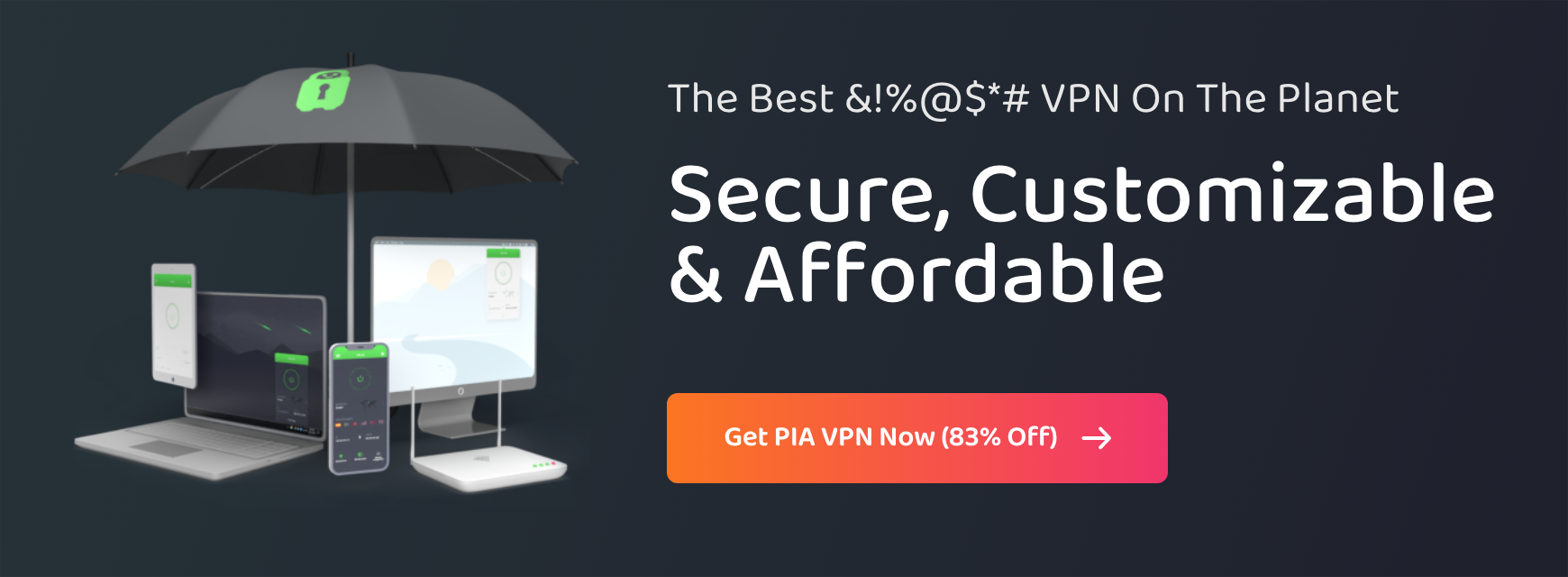White House “Blueprint for an AI Bill of Rights” – Big Boost for Privacy or More of The Same?

The White House has taken a major step towards codifying key rights in the age of artificial intelligence (AI) with the release of its “Blueprint for an AI Bill of Rights“. It has been drawn up by the White House Office of Science and Technology Policy, which has identified five principles that should guide the design, use, and deployment of automated systems.
What is the “Blueprint for an AI Bill of Rights” About?
According to the principles of the bill:
- people should be protected from unsafe or ineffective AI systems.
- people should not face discrimination by algorithms, and systems should be used and designed in an equitable way.
- people should know that an AI system is being used, and be able to understand how and why it produces its outcomes.
- people should also be able to opt out, where appropriate, and have access to human alternatives.
The remaining principle is perhaps the most important for readers of this blog, since it concerns data privacy. The detailed explanation of this principle is remarkable since it touches on just about every major topic in the realm of privacy and data protection, making it one of the most important official US documents in this sphere. For example, the principle lays down that:
Designers, developers, and deployers of automated systems should seek your permission and respect your decisions regarding collection, use, access, transfer, and deletion of your data in appropriate ways and to the greatest extent possible; where not possible, alternative privacy by design safeguards should be used.
It cautions against the use of “dark patterns”, whereby user choices preserving privacy are made unnecessarily complicated, or where the defaults are privacy-invasive. Consent must be appropriately and meaningfully given, and only used to justify the collection of data that is strictly necessary for the task at hand. The principle calls for enhanced protections and restrictions for data and inferences related to sensitive domains such as health, work, education, criminal justice, finance, and for data pertaining to young people. The dangers of AI-based surveillance are addressed explicitly:
You and your communities should be free from unchecked surveillance; surveillance technologies should be subject to heightened oversight that includes at least pre-deployment assessment of their potential harms and scope limits to protect privacy and civil liberties. Continuous surveillance and monitoring should not be used in education, work, housing, or in other contexts where the use of such surveillance technologies is likely to limit rights, opportunities, or access.
White House Makes the Case for Privacy
In the section “Why this principle is important”, the White House document notes many of today’s most pressing privacy problems. These include the fact that:
Surveillance and data collection, sharing, use, and reuse now sit at the foundation of business models across many industries, with more and more companies tracking the behavior of the American public, building individual profiles based on this data, and using this granular-level information as input into automated systems that further track, profile, and impact the American public.
Government agencies, too, are guilty of these practices, notably in the field of law enforcement, which has seen the growth of databases holding personal information, and the use of automated systems for decision making. Another problem noted is that members of the public are often unable to access personal data held by businesses and government, or to make critical decisions about its collection and use.
The harm caused by data brokers is also mentioned. The cumulative impact of this “data harvesting” is described as “corrosive, breeding distrust, anxiety, and other mental health problems; chilling speech, protest, and worker organizing; and threatening our democratic process.”
All in all the new AI Bill of rights is one of the strongest articulations by the US government of the importance of privacy, and the need to protect it, not least from new challenges arising from the increasing use of AI. However, the new framework has a major flaw: it is a non-binding white paper. That means it is entirely optional whether companies and organizations take it up and implement it in their services and products.
Who Has to Follow These AI Rights?
One area where the Blueprint will be applied is in the federal government. A press release details some of the initiatives the US government wants to take in this area. These include the US Department of Education releasing recommendations on the use of AI for teaching and learning, while the Department of Housing and Urban Development will publish guidance addressing the use of tenant screening algorithms. The Department of Health and Human Services has already issued a proposed rule that would prohibit discrimination by algorithms used in clinical decision-making.
The lack of any legal backing for the AI Bill Rights is in contrast with the European Union, which is currently working on its Artificial Intelligence Act. The EU proposal does not confer rights on individuals, but instead imposes obligations on those who make AI systems, and those who use them in a professional capacity.
The EU Continues to Set the Standard
The EU’s Artificial Intelligence Act aims to categorize AI applications by risk, and regulate them accordingly. To complement this risk-based approach, the EU has announced plans to bring in a new AI Liability Directive. The aim is to set uniform rules to simplify the legal process for victims when it comes to proving that AI performance led to damage. Notably, this latest EU AI proposal is designed to address breaches of privacy.
The new US Blueprint for an AI Bill of Rights is welcome, and will provide a further impetus for privacy issues to be considered when designing AI systems. However, it is regrettable that it is not legally binding, which reduces its impact in the US, and further afield. Significantly, a new Brazilian law regulating the use of AI has already been inspired by the EU AI Act. That’s an indication that it is the latter, not the US Blueprint, that is likely to be more influential in shaping legislation around the world, just as the GDPR did.
Featured image created with Stable Diffusion.

